16 December 2024
When it comes to gaming, we all have our preferences, right? Some of us love steamrolling enemies with rocket launchers, while others prefer the finesse of a sniper rifle. But let’s be real for a second: have you ever picked a weapon in a game because of the way it sounds or looks? If you’re nodding your head right now, you’re not alone. Sound design and customization options have a way bigger impact on weapon choices than we often realize.
In this article, we’re going to dive into the nitty-gritty of how sound and customization shape your weapon preferences. Why does that shotgun with the deep, bassy boom feel so satisfying? And why do you spend 15 minutes tweaking your rifle skin when you just want to jump into a match? Let’s break it down. 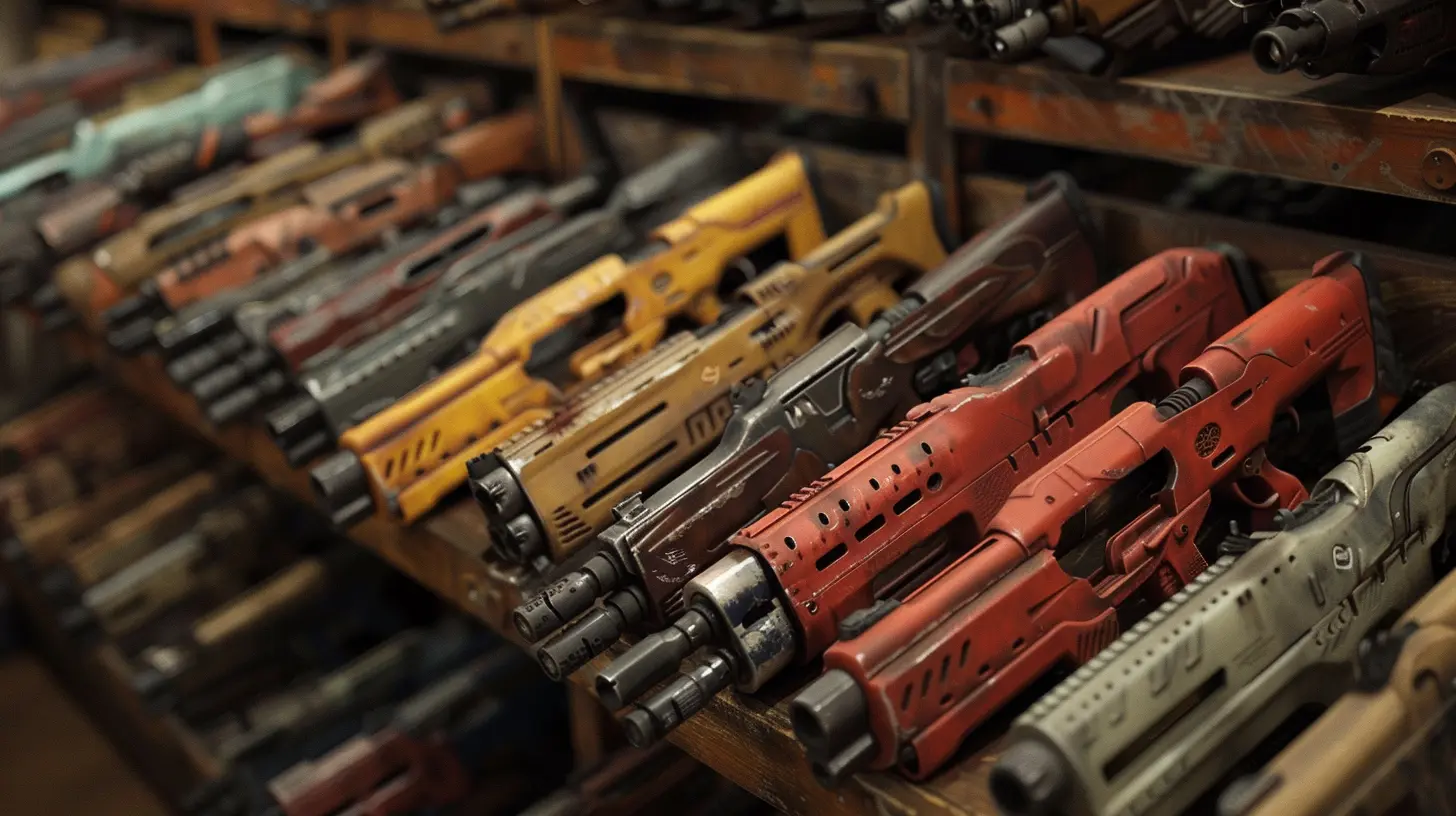
The Power of Audio: Why Sound Matters
Imagine this: you’re in the middle of an intense firefight. You’ve got your trusty assault rifle, and as you pull the trigger, each shot has this rhythmic, sharp crack that feels powerful. Now, imagine the same situation, but instead of a sharp crack, your gun sounds like banging on a tin can. Doesn't hit the same, does it?That’s because sound is more than just background noise—it’s a core pillar of immersion. The audio cues in a game don’t just let you know what’s happening; they make you feel it. A weapon’s sound can affect how impactful or effective it feels, even if its damage stats stay the same.
The Psychology Behind Gun Sounds
Game designers spend an insane amount of time perfecting gun sounds, and for a good reason. Research shows that sound directly impacts our emotional response. A weapon with a deep, echoing boom taps into our primal instincts, making it feel more powerful and dangerous. On the flip side, a high-pitched or hollow-sounding weapon might feel weak or unsubstantial, even if it performs just as well in-game.Think about games like Call of Duty or Battlefield. When you fire a sniper rifle, the sound has this satisfying crack followed by a faint echo. That’s no accident. It’s engineered to make you feel like a skilled sharpshooter. Meanwhile, in games like Fortnite, the sound design leans toward more cartoonish, exaggerated effects to match the playful tone of the game.
Audio and Player Feedback
Sound also acts as feedback. Ever notice how a good headshot comes with a satisfying ping or ding in some games? That’s deliberate. It’s a little boost of serotonin that reinforces positive behavior. On the flip side, weapons that lack distinctive audio feedback can feel unresponsive, even if their stats are solid.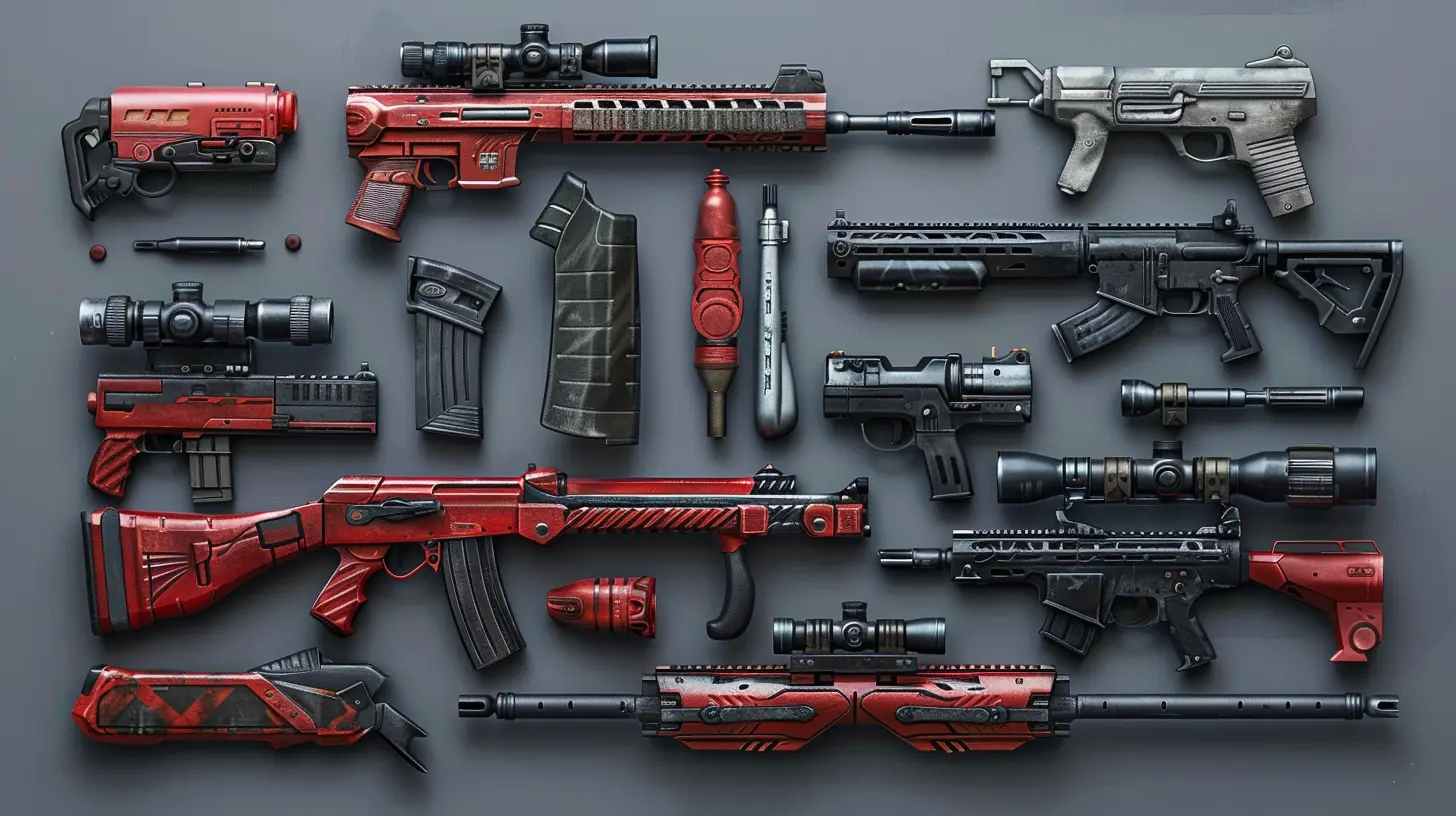
Customization: More Than Just a Pretty Skin
Let’s switch gears and talk customization. When a game gives you the option to tweak your weapon—whether it’s slapping on a flashy skin or adding attachments—it’s not just for show. Customization makes a weapon yours.Attachments: Function Meets Form
Attachments are the bread and butter of customization. Think scopes, suppressors, extended mags—you name it. These aren’t just functional upgrades; they can drastically change how a weapon feels.For instance, adding a suppressor might make your rifle quieter and better for stealth, but it also changes the way it sounds. Suddenly, your gun goes from a booming roar to a subtle phfft, and that can completely alter your perception of the weapon.
But it’s not just about sound. The way attachments change a weapon’s handling—like reducing recoil or increasing accuracy—also plays a role. A gun that fits your playstyle feels more satisfying, even if its raw stats aren’t the best.
Skins and Emotional Investment
Now, let’s talk about skins. Yes, some people roll their eyes at the idea of spending real money on a fancy digital paint job, but let’s be honest—we all have a skin we’re proud of. Customizing your weapon with a unique skin makes it feel like an extension of yourself.Ever heard of the IKEA effect? It’s a psychological phenomenon where people value things more when they’ve had a hand in creating them. The same applies to weapon skins. When you pick out a skin or work to unlock a rare one, you feel a sense of ownership. It’s no longer just “a gun”; it’s your gun.
In games like CS:GO or Valorant, a flashy weapon skin is almost a badge of honor, showcasing your personality or your dedication to the grind. And let’s not overlook the social aspect—when someone admires your skin, it’s an instant ego boost. 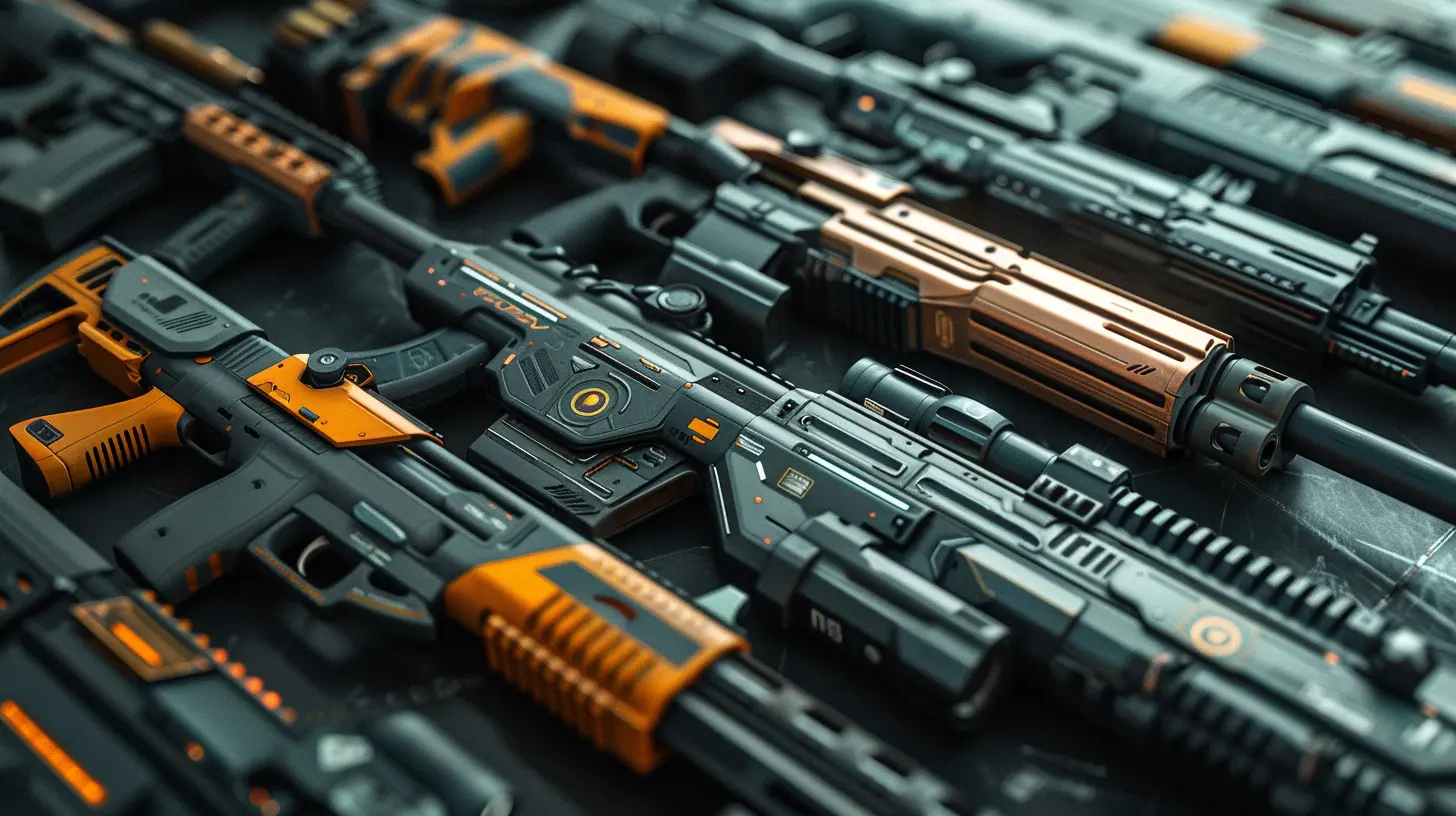
How Sound and Customization Work Together
Here’s where things get really interesting: sound and customization don’t exist in a vacuum. They often overlap in ways that amplify each other.Think about games that let you customize not just the look, but also the audio profile of your weapons. For example, attaching a suppressor changes not just your playstyle but also how you feel when firing your weapon. The softer, muted sound might make you feel sneaky and tactical, even if you’re just camping in a corner.
Or consider games where skins come with unique sound effects. In Overwatch, for example, certain legendary skins include custom sounds for abilities and weapons. These little touches make the weapon feel more special and personal, adding to that sense of ownership we talked about earlier. 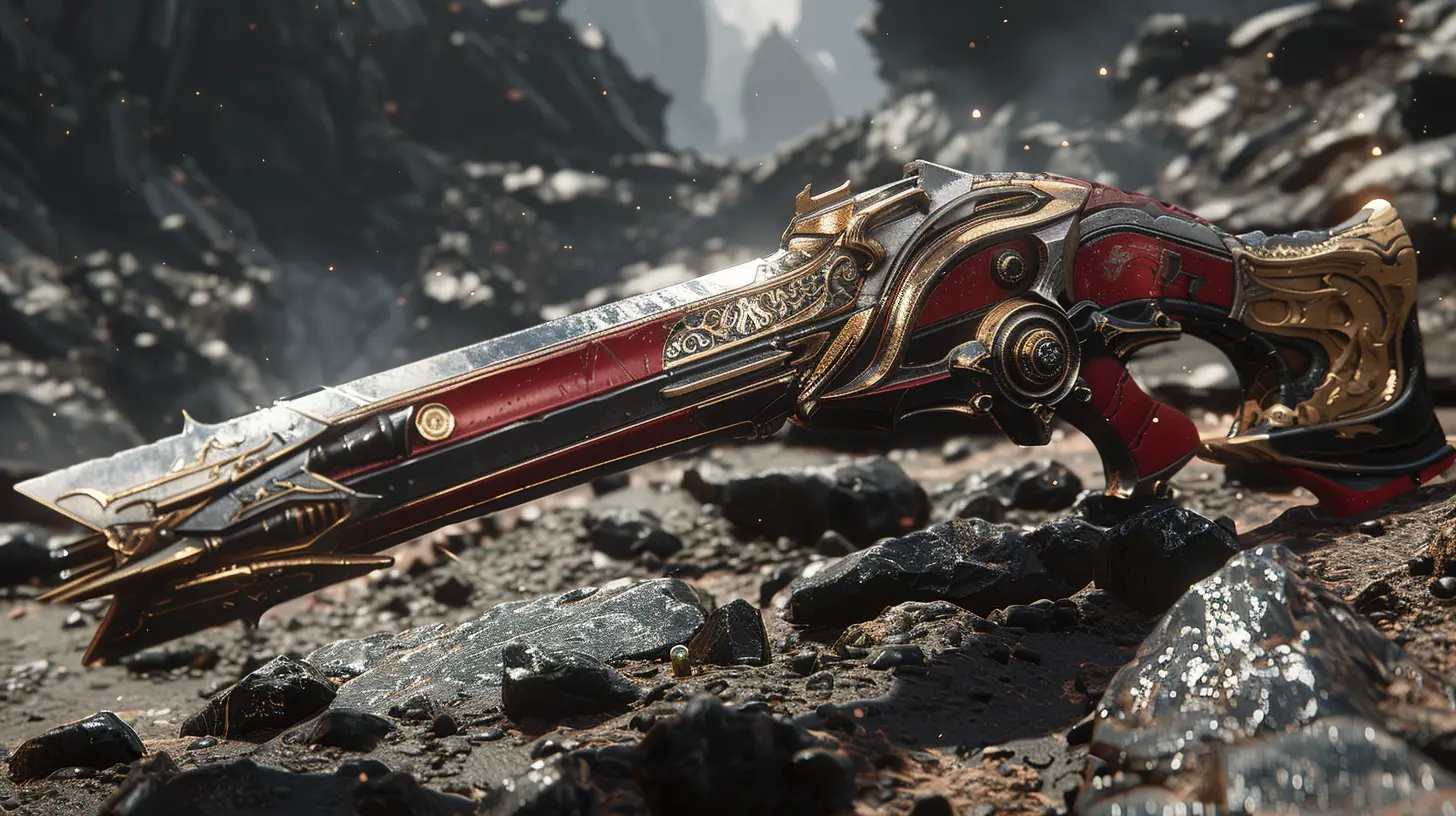
Why We Gravitate Toward Certain Weapons
At the end of the day, your weapon choices aren’t just about stats or meta. They’re about vibes. The combination of sound, customization, and how a weapon feels in your hands creates an emotional connection.Comfort and Familiarity
Sometimes, it’s as simple as comfort. Maybe you keep picking the same shotgun because its booming sound and sleek skin feel just right. Over time, it becomes your go-to, not because it’s the best weapon, but because it feels like an old friend.Personality and Playstyle
Your weapon choices also reflect your personality and playstyle. Are you the type of player who loves flashy skins and loud, aggressive weapons? Or do you prefer something understated and practical? The beauty of sound and customization is that they let you express yourself without saying a word.The Future of Sound and Customization in Gaming
As games get more advanced, sound and customization are only going to get better. With technologies like spatial audio and ray tracing, we’re already seeing sound design reach new heights. Imagine a game where the sound of your gun changes based on the environment—like echoing in a cave or getting muffled in a dense forest.On the customization front, we’re moving toward even more personalization. Games are starting to let players design their own skins or tweak weapons in ways that go beyond basic attachments. The future is all about giving players more control over their experience.
Final Thoughts
So, the next time you fire up your favorite shooter, take a moment to appreciate the little things. The satisfying boom of your shotgun. The shiny gold skin on your rifle. These aren’t just superficial details—they’re integral to why you chose that weapon in the first place.Sound and customization aren’t just extras; they’re part of what makes gaming so immersive and personal. And honestly? That’s what keeps us coming back for more.


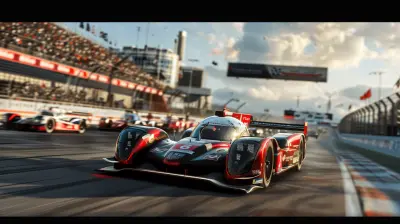

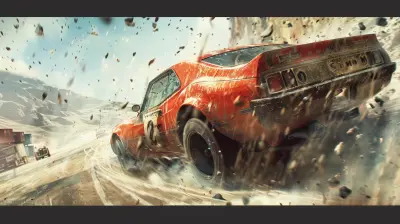
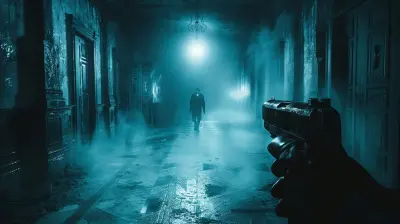




Astranor McAleer
This article beautifully highlights the pivotal role sound and customization play in our weapon choices! It’s fascinating to see how these elements enrich our gaming experiences and transform strategy. Can’t wait to experiment with new sounds and mods in my next session! Great read!
February 9, 2025 at 4:03 PM